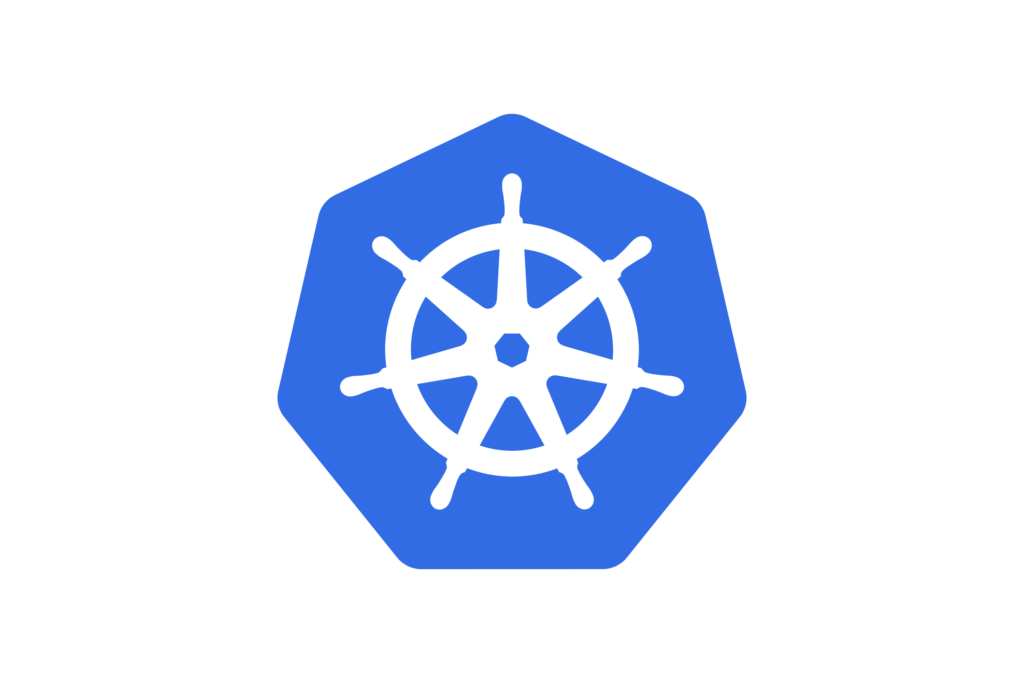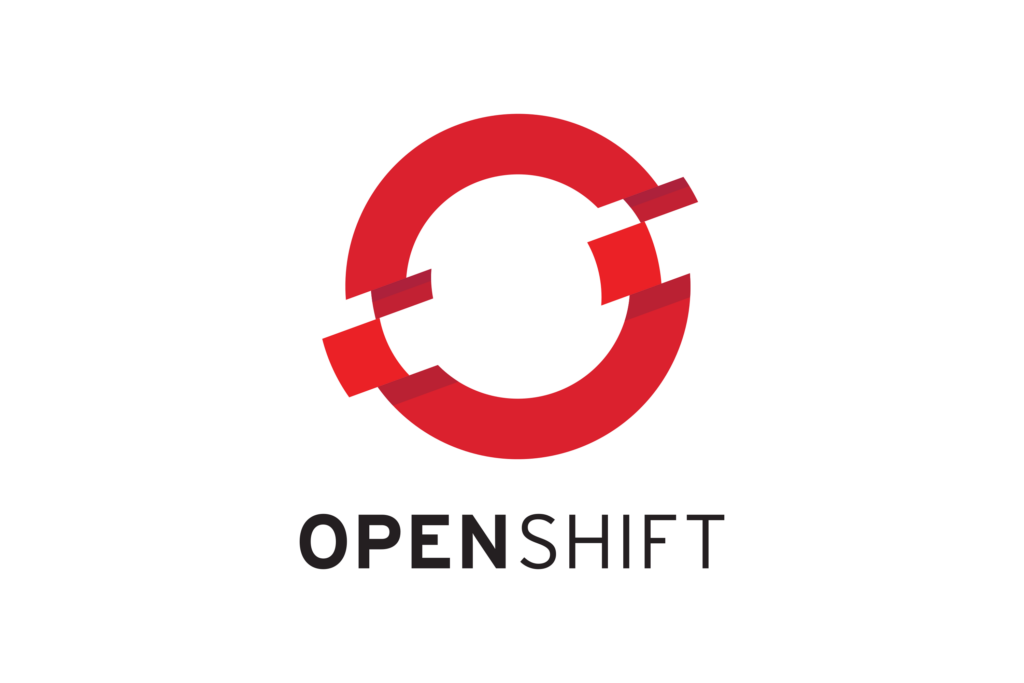It is always better to take a closer look at Openshift Vs. Kubernetes to choose from the best. OpenShift by Red Hat is a commercial container orchestration suite, while Kubernetes is an open-source project. Both facilitate large-scale application development.
OpenShift, powered by Origin Kubernetes Distribution (OKD), is a Red Hat offering that incorporates various open-source projects. Kubernetes operates independently as an open-source project. Recognizing their distinctions helps in choosing the suitable tool for specific project requirements.
Openshift Vs. Kubernetes: What is container orchestration software?
Container orchestration automates container configuration and deployment, ensuring portability across diverse environments. Bundling application code, libraries, and essential data into a single unit, containers enhance performance in various ecosystems.
This is one of the major factors that draws the line between Openshift Vs. Kubernetes. Cluster container orchestration, exemplified by Kubernetes, utilizes node clusters to act as a robust server, providing benefits like increased space, application isolation, load balancing, and faster processing speeds.
In Kubernetes, clusters are organized in pods, maintaining consistent resources and network performance. This structure enables efficient replication, supporting concurrent updates and load balancing within pods. This technology ensures reliable and efficient software operation across desktops, mobile devices, local networks, or the cloud, supporting scalability.
Containers, standalone software packages with libraries, tools, settings, and runtime, are lightweight, portable, and secure. They have become a core component of containerization architecture, offering faster deployment and scalability across development and staging phases. Notable orchestration technologies include Docker Swarm, Kubernetes, Podman, and Nomad, with detailed comparisons available on our blog.
- Which container orchestration software is right for you??
- What is Kubernetes
- What is OpenShift?
- Installation
- OpenShift vs Kubernetes: Top differences
- Technical differences
- Comparative Overview
Openshift Vs. Kubernetes: Which container orchestration software is right for you?
For organizations seeking a container orchestration solution with robust support and security, OpenShift stands out as the preferred choice. It prioritizes security with a secure-by-default option and enforces stricter security policies compared to Kubernetes. OpenShift is particularly advantageous for organizations emphasizing CI/CD processes.
Moreover, OpenShift is tailored to meet the requirements of industries with stringent compliance standards, such as healthcare and finance. It addresses regulations like the European Union’s General Data Protection Regulation and the U.S. Health Insurance Portability and Accountability Act.
On the contrary, Kubernetes is a compelling choice when customization and flexibility are paramount, especially if your organization has in-house Kubernetes experts capable of troubleshooting issues as they arise. Kubernetes excels in compatibility, working across a wide range of operating systems and platforms. If your organization, like a social media or gaming company, places a premium on rapid updates, Kubernetes may be a more suitable option.
What Is Kubernetes?
Kubernetes, an open-source container-as-a-service (CaaS) framework developed by Google over a decade ago, is a portable containerization system. This framework empowers developers to manage services and workloads by automating application deployment, scaling, and operations.
As part of the Cloud Native Computing Foundation, Kubernetes provides features like self-monitoring, process automation, container balancing, and storage orchestration.

However, Kubernetes has drawbacks. Its inherent complexity makes observability challenging, especially in highly distributed systems. The internal state of Kubernetes containers remains opaque, leading IT teams to rely on diverse telemetry data, such as logs, metrics, and distributed traces.
Despite their utility, these sources often fall short in providing the necessary relationships and context to swiftly identify root causes of performance issues.
Consequently, organizations may struggle to scale transformations, enhance service-level agreements, and optimize the user experience.
What is OpenShift?
OpenShift, like Kubernetes, is an open-source container platform based on Kubernetes, developed by Red Hat and adaptable to various environments, including both cloud and on-premises setups.
A preferred choice for on-premises Kubernetes deployment, OpenShift, like its base, efficiently allocates resources, ensuring high availability and fault tolerance.

Going beyond Kubernetes, OpenShift provides integrated development tools, continuous integration/continuous deployment (CI/CD) pipelines, and built-in support for popular programming languages, frameworks, and databases.
These features support the entire application lifecycle, from development to production, including scaling, rolling updates, and version control. Developers benefit from a focus on coding without concerns about infrastructure details like storage, security, and lifecycle management.
Red Hat OpenShift enhances Kubernetes administration efficiency, simplifying management tools for developers to handle Kubernetes nodes and the underlying control plane. Offering various deployment models, including self-managed and managed services like OpenShift Container Platform (OCP), OpenShift Dedicated (OSD), and Red Hat OpenShift Online (OSO), it caters to diverse applications and architectures.
Despite its advantages, OpenShift has limitations. Unlike Kubernetes, which supports all cloud and Linux distributions, OpenShift is limited to Red Hat distributions like Red Hat Enterprise Linux (RHEL), CentOS, and Fedora.
As a commercial solution, OpenShift is less flexible than open-source Kubernetes, making it less customizable to an organization’s unique requirements.
Installation?
When it comes to installation, OpenShift and Kubernetes (K8s) differ in their platform requirements:

For OpenShift:
- OpenShift 3 requires Red Hat Enterprise Linux (RHEL) or Red Hat Atomic.
- OpenShift 4 necessitates Red Hat CoreOS for the control plane (master and infra server), with the option for compute nodes to run on RHEL.
- OKD can be installed on RHEL or CentOS.
On the other hand, Kubernetes installation is more versatile and can be performed on numerous platforms. Various tools are available for Kubernetes installation, with kubeadm being the simplest and widely used. Other tools like Kube-spray, kops, and Booktube also offer installation options for Kubernetes on diverse platforms.
A lesson in terminology: Kubernetes namespace vs. OpenShift project
In terminology, OpenShift and Kubernetes diverge, introducing confusion for organizations and practitioners. One notable distinction is the use of different terms, such as Kubernetes namespace and OpenShift project.
While the concepts share similarities, they have key differences:
1. Access control:
- In Kubernetes, users manage access control independently from namespaces.
- OpenShift’s projects have predefined permissions for project-level operations, simplifying control over user access within a project.
2. Isolation:
- Both namespaces and projects serve to isolate resources within a cluster.
- OpenShift’s projects offer additional features, allowing teams to limit resource consumption for all containers within a project.
3. User-friendly:
OpenShift projects are more user-friendly compared to Kubernetes namespaces. Creating a project automatically designates the user as the project admin, a feature not present in Kubernetes namespaces.
OpenShift vs Kubernetes: Top differences
OpenShift and Kubernetes have numerous similarities and shared features; however, significant differences exist between the two. The following outlines the top five distinctions between OpenShift and Kubernetes, along with additional pertinent technical variations.
Commercial vs. Free:
The primary distinction lies in the business model, where OpenShift operates on a subscription-based, commercial structure, while Kubernetes is freely available as an open-source project. OpenShift’s subscription includes comprehensive tools and dedicated support, whereas Kubernetes relies on community support and integrates with third-party tools for specific tasks.
Security:
OpenShift emphasizes strict security policies from the outset, implementing minimal user privileges and constraining Docker Containers. In contrast, Kubernetes requires a more intricate setup for security features, lacking native authentication and authorization capabilities, and necessitating third-party tools for these purposes.
Dashboard:
OpenShift offers an intuitive web console with a user-friendly, form-based dashboard for resource management. Kubernetes has a more challenging user interface, requiring developers to install a dedicated dashboard and set up authentication, potentially posing challenges for beginners.
Updates and Support:
As a commercial product, OpenShift provides dedicated customer service, support, and guidance, available 24/7. Kubernetes, being an open-source project, relies on community forums for issue resolution, with developers seeking assistance from other community members.
Built-in vs. Third Party:
OpenShift comes with built-in features like Monitoring and Networking, utilizing tools like Prometheus and Grafana by default. In contrast, Kubernetes depends on third-party plugins and software for similar functionalities.
User Experience:
OpenShift is renowned for a superior user interface and overall user experience, making it more beginner-friendly. Kubernetes, while offering a dashboard, may require more reliance on command-line operations.
Container Image Management:
OpenShift stands out with its Image Streams feature for efficient container image management, a capability not offered by Kubernetes. ImageStreams simplify the process of managing container images on OpenShift, enhancing developer convenience.
Technical differences between OpenShift and Kubernetes
OpenShift and Kubernetes share commonalities but exhibit major differences, outlined below along with relevant technical distinctions:
1. Integrated CI/CD:
- OpenShift utilizes Jenkins as an automation server, offering source-to-image support and functioning as a CI server.
- Kubernetes relies on a third-party tool, CircleCI, to establish a CI/CD flow.
2. Image Registry:
- Kubernetes allows Docker registry setup, but lacks an integrated image registry.
- OpenShift integrates an image registry accessible through its console, facilitating interaction with Red Hat or Docker Hub.
3. Deployment:
- OpenShift and Kubernetes differ in deployment approaches. OpenShift employs a potentially more complex but beneficial method with triggers for automatic deployments.
- Kubernetes uses controllers for deployment objects, while OpenShift uses a command. Kubernetes supports concurrent updates through deployment objects, while OpenShift’s deployment command lacks this capability.
4. Templates:
- Kubernetes offers Helm templates, providing ease of use and flexibility akin to package management. Helm, acting as a package manager, uses sophisticated charts with versioning.
- OpenShift templates, though usable, lack the simplicity and sophistication of Helm charts. External wrappers are often required for more complex deployments.
OpenShift Routers vs. Kubernetes Ingress: A Comparative Overview
While Router objects in OpenShift and Ingress in Kubernetes share similar functionalities, there are notable distinctions:
- Implementation: In OpenShift, routes are implemented by HAproxy, an established solution. This can be replaced by a commercial alternative like F5 BIG-IP.
- Features: Although the router lacks some features present in Ingress, it is considered more mature in terms of stability and reliability.
- Enhancement Options: Kubernetes provides distinct enhancement options for Ingress functionality, allowing for customization and improvements.
In the comparison of Kubernetes vs. OpenShift in this aspect, both the router in OpenShift and Ingress in Kubernetes perform admirably. However, the OpenShift router stands out due to its maturity, providing a stable foundation for routing within the platform.
Key Kubernetes Features
1: Automated Resilience:
Kubernetes excels in ensuring uninterrupted service by leveraging automated failover and load-balancing mechanisms. These features guarantee accessibility to services even during disruptions, enhancing the platform’s overall resilience.
2: Self-Recovery:
The platform prioritizes continuous monitoring of its processes, swiftly identifying and reviving or substituting any components that encounter issues. This proactive self-recovery mechanism fortifies applications against downtime, contributing to robust operational reliability.
3: Cross-Environment Compatibility:
Kubernetes champions adaptability by facilitating uniform application operation across diverse environments. Whether deployed on cloud platforms or on-premises data centers, the platform ensures operational consistency, promoting seamless performance in various settings.
4: Customization and Scalability:
With a robust collection of APIs, Kubernetes provides extensive customization options. Developers can tailor resource management solutions to meet their specific requirements, allowing for the scalability of the system based on individual project needs.
Key Characteristics of OpenShift
Versatile Deployment Capabilities: OpenShift enables deployment across various cloud environments, encompassing public, private, and hybrid models, thereby enhancing its deployment flexibility.
Optimized Developer Workflow: Designed to boost developer efficiency, OpenShift incorporates tools and automated workflows that streamline the entire development pipeline from initiation to deployment.
Robust Security Framework: OpenShift’s security infrastructure is thorough, encompassing controlled access via RBAC, container content analysis, and enforced segregation to protect against vulnerabilities.
Streamlined Operations: By leveraging its automated features, OpenShift simplifies operational intricacies. It supports the automated scaling of resources, gradual updates, and self-repair functions, alleviating the burden of application management.
Automatic and intelligent observability for OpenShift and Kubernetes
Whether you opt for OpenShift over Kubernetes or vice versa, Dynatrace can optimize your container orchestration solution.
Dynatrace leverages AIOps and cloud observability to integrate metrics, logs, and traces with topology information, real user experience data, and meta information. With advanced observability across every Kubernetes cluster, pod, and node, along with all connections and dependencies they interact with, you can rapidly identify and resolve performance issues as they emerge.
Furthermore, Dynatrace provides robust monitoring capabilities for OpenShift, assisting you in managing costs, automating operations, and expediting software releases. Regardless of whether you use OpenShift or Kubernetes, the Dynatrace observability and security platform stands out as the sole Kubernetes monitoring system with continuous automation.
This system identifies and prioritizes alerts from applications and infrastructure seamlessly, without necessitating changes to code, container images, or deployments.
[Want to learn more on Kubernetes and Openshift? Click here to reach us.]
Conclusion
When comparing OpenShift and Kubernetes, the choice depends on specific requirements. Kubernetes is powerful but requires manual configuration, while OpenShift offers additional features such as developer tools and a more secure default setup, but it has some complexity.
Kubernetes is ideal for resource-intensive applications that undergo frequent updates, while OpenShift might be preferred for security-conscious, GDPR-compliant, robust applications, especially those of an institutional or governmental nature or within the healthcare sector.
Both OpenShift and Kubernetes present themselves as excellent options, each catering to specific use cases and preferences. It is always better to get the support of an advanced support team such as Bobcares to find the best tool for you and your business.
PREVENT YOUR SERVER FROM CRASHING!
Never again lose customers to poor server speed! Let us help you.
Our server experts will monitor & maintain your server 24/7 so that it remains lightning fast and secure.




0 Comments